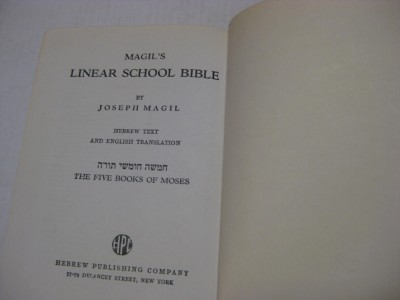Bsdpublishers have just released their newest Jewish Childrens book, titled My First Book of Kosher Animals.
From the back cover: Early impressions are deep and lasting. What children see and hear contributes to their personalities and leaves an imprint of their souls.
My First Book of Kosher Animals depicts exclusively kosher animals, preserving and nurturing purity of the child. (see Kav Hayoshor ch. 2).
The need for such a book arises from one of the Sichos of the Lubavitcher Rebbe, The Hebrew version, which is a direct translation of the Yiddish, can be found in Hisva’aduyos 5744, Vol. 2, pp.
487,
488,
489,
490. An English adaptation can be read in English online
here. Here is an excerpt from the Sichah of the Rebbe, "Because what one sees leaves lasting impressions, especially on young children, the toys that a child plays with, and the pictures that he looks at, should not be of impure animals."
An excellent explanation of the Chabad view on this matter, can be found on
asimplejew.
Are we over-censoring our children, or is our duty to protect them to any extent possible?
After the long pause we had following the marketing of the
Kosher Tissue Paper, I can already sense an entire new horizon to the ever-growing Kashruth Certification Industry.
Hat-tip: Amram Elbaz











